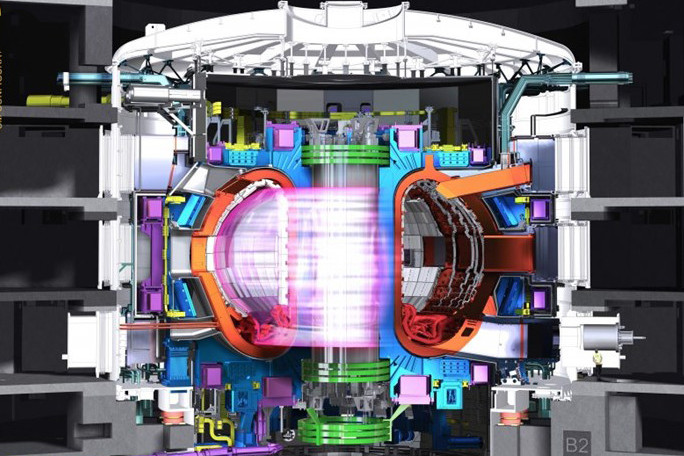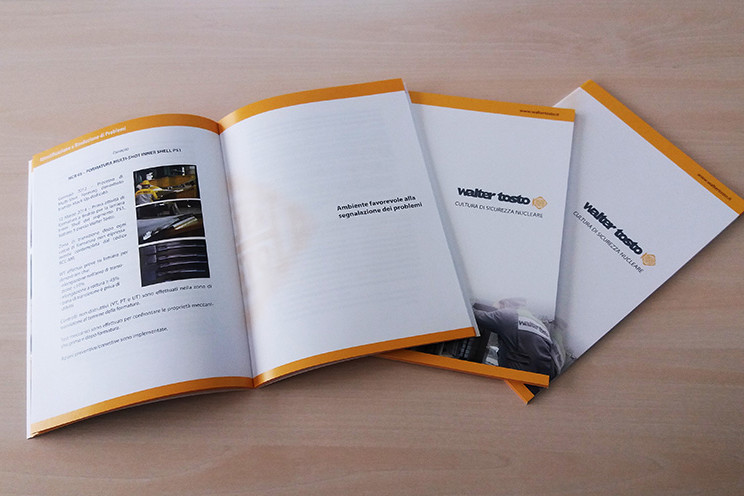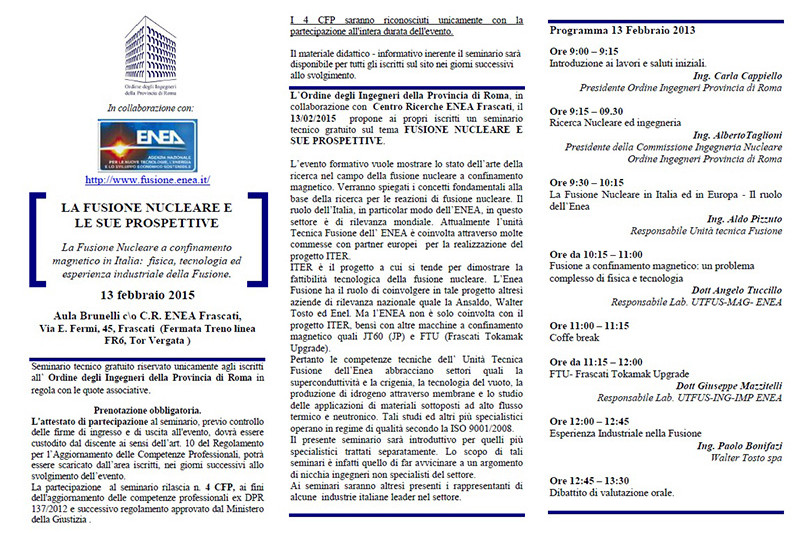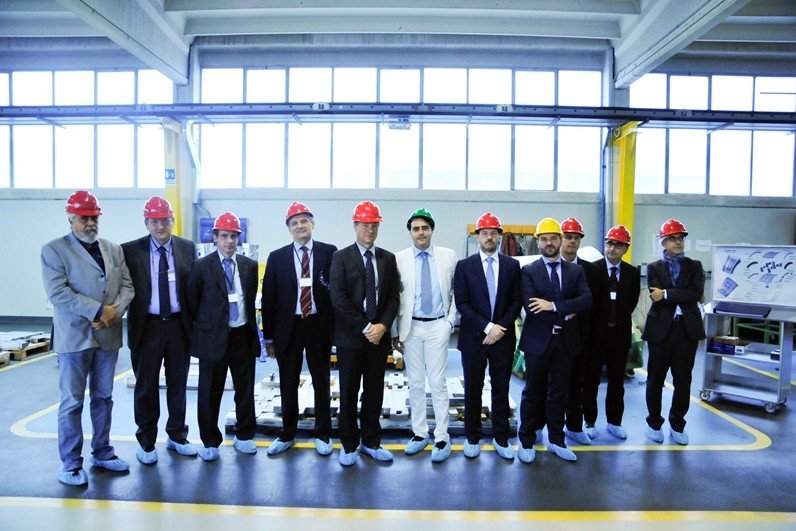To cope with the growing energy demands of the world population, for several decades now, science and technology have been committed in the search for an inexhaustible and clean energy source that can replace fossil fuels. The research has moved in the direction of nuclear fusion that, unlike fission, does not produce any residual radioactive nuclear waste.
In this context the success of the German reactor Wendelstein 7-X(W7-X) emerges, which feasibility has been recently demonstrated in an article published on Nature Communications, that also highlights the high accuracy that the technology is able to achieve.
The construction of the mega W7-X system has required 19 years of work and an investment of about 1 billion euro. The reactor works due to the confinement of a ionized gas called plasma, which is heated to a temperature of about 100 million degrees. In these conditions the electrons are separated from their atoms and ions are formed. So, colliding and merging together, they produce energy.
The W7-T belongs to the “Stellarator” type of reactor, which is very complex to build with respect than other types of nuclear reactors, so called “Tokamak“, the experimental reactor of the ITER project, in which Walter Tosto is involved as part of the AMW (Ansaldo – Mangiarotti – Walter Tosto) consortium. The company is indeed manufacturing different sectors of the ITER vacuum vessel, which will be ready in 2020.

 Italiano
Italiano














